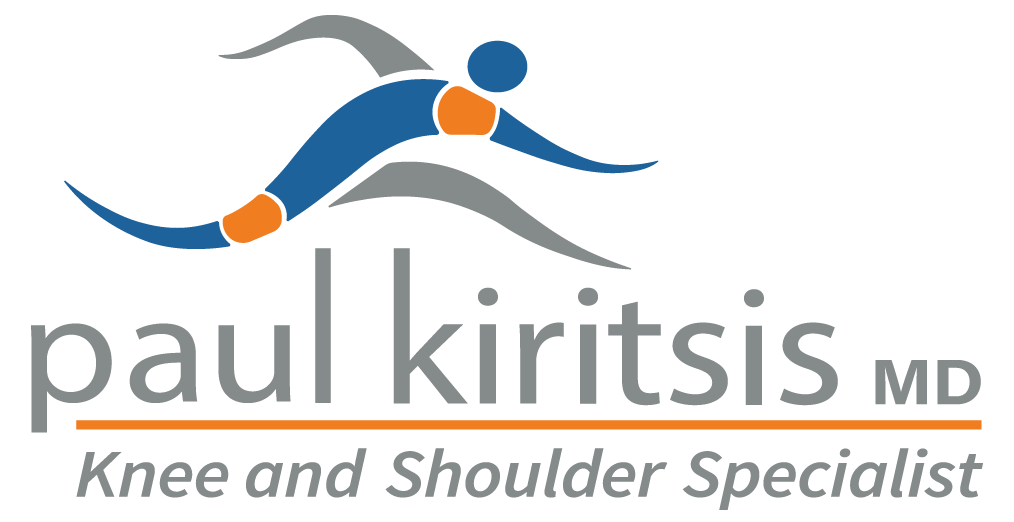As a high-volume shoulder surgeon in Richmond, VA, I incorporate advanced EXPAREL anesthesia into my Precision Shoulder Replacement procedures to ensure that my patients benefit from superior postoperative pain management.
This post will help explain the pivotal role of EXPAREL in enhancing recovery, and highlights its transformative impact on shoulder arthroplasty.
Let’s delve into how my adoption of EXPAREL sets a new standard in patient comfort and recovery outcomes.
Key Takeaways
- Shoulder replacement surgery, performed when nonoperative treatments fail, involves replacing damaged joint segments, with extended postoperative pain management being crucial for recovery.
- EXPAREL is a non-opioid, extended-release local anesthetic used to manage postoperative pain for up to several days, offering an alternative to traditional pain medications.
- Outcomes of Precision Shoulder Replacement using EXPAREL indicate significant reductions in pain, opioid usage, and hospital stay durations, demonstrating its effectiveness in postoperative pain control.
Shoulder Replacement Surgery
When joint dysfunction, severe shoulder injuries, or chronic conditions like osteoarthritis result in persistent joint pain and limited range of motion, shoulder replacement surgery often becomes a necessary course of action. When nonoperative treatment methods prove ineffective, surgery emerges as a viable option to regain mobility and alleviate discomfort.
Prolonged postsurgical analgesia can play a significant part in ensuring the patient’s comfort and aiding their recovery journey.
Anatomic Total Shoulder Replacement
The shoulder joint, an intricate network of bones: the scapula (shoulder blade), the humerus (upper arm bone), and the clavicle (collarbone), is a marvel of human anatomy. The complexity of this joint, however, also makes it susceptible to degeneration and injury, warranting pain medicine for discomfort during the recovery process.

Anatomic total shoulder replacement surgery, also known as shoulder arthroplasty, replaces the impaired segments of the shoulder joint with synthetic components. This procedure restores the original anatomy of the shoulder by replacing the damaged humeral head with a metal ball and resurfacing the glenoid cavity.
Conditions that cause significant joint damage, such as osteoarthritis, shoulder dislocation, and avascular necrosis, often necessitate anatomic total shoulder replacement. In these scenarios, placebo-controlled trials have proven the effectiveness of pain management strategies.
Reverse Shoulder Replacement
With Reverse shoulder replacement surgery, the traditional positions of the ball and socket are swapped.
The upper part of the arm bone (humerus) is fitted with a two-part humeral component. Firstly, a metal stem is inserted into the bone’s marrow cavity. Then, atop this metal stem, a plastic socket is placed. This socket interacts with the humeral component to form a ball-and-socket joint.
The glenoid component consists of two elements. The first part, a metal tray or base plate, is affixed directly to the bone. To secure this glenoid base plate, a small hole is drilled into the bone to accommodate a peg, and special screws are used to fasten the base plate firmly into the bone. The second part involves attaching a metal ball to this metal tray. This metal ball is designed to articulate smoothly with the plastic socket connected to the humeral component, completing the reverse ball-and-socket mechanism.
Why EXPAREL Anesthesia
EXPAREL is making waves in the field of postoperative pain management. Its application in surgical procedures aims to provide long-lasting postsurgical analgesia, a key factor in patient comfort and recovery. Administered via injection by healthcare professionals during the surgical procedure, EXPAREL’s efficacy extends to several days following administration.
What is EXPAREL?
EXPAREL is a non-opioid local anesthetic notable for its extended-release liposomal formulation. It is used for managing pain both during and following surgical procedures in adult patients. EXPAREL is indicated for postsurgical local analgesia in patients aged 6 years and older.
With bupivacaine as its active ingredient, EXPAREL is available in a strength of 13.3 milligrams per milliliter or 1.3%.
How does EXPAREL work?
EXPAREL operates by blocking sodium channels, inhibiting the generation and conduction of nerve impulses triggered by painful stimuli. This results in pain control by inducing numbness in the area where the surgical procedure was carried out. EXPAREL’s mechanism of action also involves the gradual release of bupivacaine, leading to sustained pain relief with a single administration.
Liposomal bupivacaine enclosed within liposomes allows for sustained release of the medication, acting specifically at the surgical area to prolong postoperative pain relief. In addition to local analgesia, EXPAREL is also approved for use as a nerve block to inhibit certain nerves from transmitting pain signals from a specific area of the body to the brain and spinal cord, thereby reducing the sensation of pain.
EXPAREL in Shoulder Arthroplasty
EXPAREL has set itself apart in the field of local anesthesia. When compared with other anesthetics like Bupivacaine HCl and Lidocaine, it offers distinct advantages, which is why I incorporate it in my Precision Shoulder Replacement procedure.
Research focusing on pain management in shoulder arthroplasty sought to compare outcomes of patients who underwent the procedure with and without the administration of EXPAREL and dexamethasone in a placebo controlled trial.
The results indicated a notable reduction in pain on the initial postoperative day, a 51% lower total opioid usage for all postoperative days, and a 50% decrease in hospital stay duration, suggesting effective postoperative pain control.
Administered via injection to specific areas of the body to induce numbness, local analgesics play a vital role in managing postoperative pain. For patients who received EXPAREL, the analgesic impact (the inability to feel pain) persisted for approximately three and a half days, which is roughly 84 hours after the surgery.
Last, but certainly not least, the safety profile of EXPAREL is well-documented.
Summary
The use of EXPAREL in Precision Shoulder Replacement surgery can provide extended pain relief without the use of opioids, leading to improved patient comfort and recovery.





